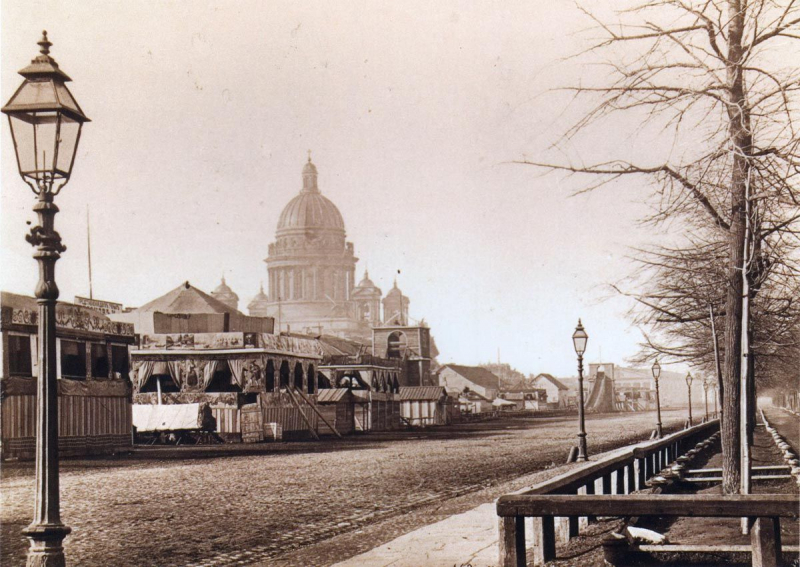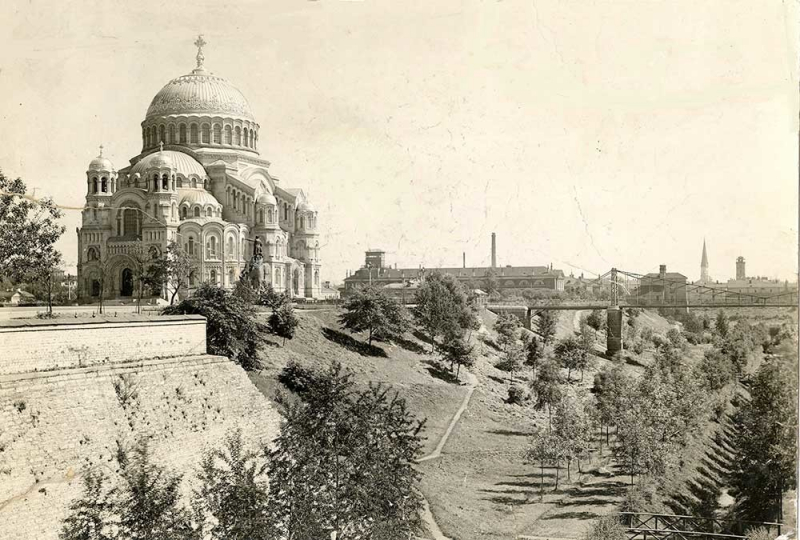In 1860, Petersburg was the second largest city in Virginia and the seventh largest in the Confederacy.
Nestled at the maritime head on the south bank of the Appomattox River, Petersburg was a center of tobacco, cotton, and iron production before the Civil War as well as an important inland port. By 1864, however, its importance lay in the five railway lines connecting Petersburg with Richmond and points south and west. It became one of only four railroads built (some subsidized by the government) built (with separate stations to the advantage of local freighters) before the American Civil War. In 1860, the city's industries and transportation combined to make it the second-largest city in the state (after Richmond). It connected trade as far inland as Farmville, Virginia in the Blue Ridge foothills and the Appalachian Mountains, for shipping farther east into the Chesapeake Bay and the North Atlantic.
During the American Civil War (1861–1865), because of this railroad network, Petersburg became important to Confederate plans to capture the Confederate national capital established early in the war at Richmond. The Petersburg campaign (1864–1865), including the Battle of the Crater and nine months of trenches, devastated the city. The battlefield sites are partially preserved by the National Park Service of the United States Department of the Interior as the Petersburg National Battlefield. Petersburg rebuilt its railways, including a connecting station in 1866, although it never regained its economic standing as more shipping traffic would continue to the Norfolk seaport. After the consolidation of smaller rail lines, both the CSX and Norfolk Southern Rail Networks served Petersburg. Therefore, this fact about Petersburg became one of the facts about the Petersburg campaign.











